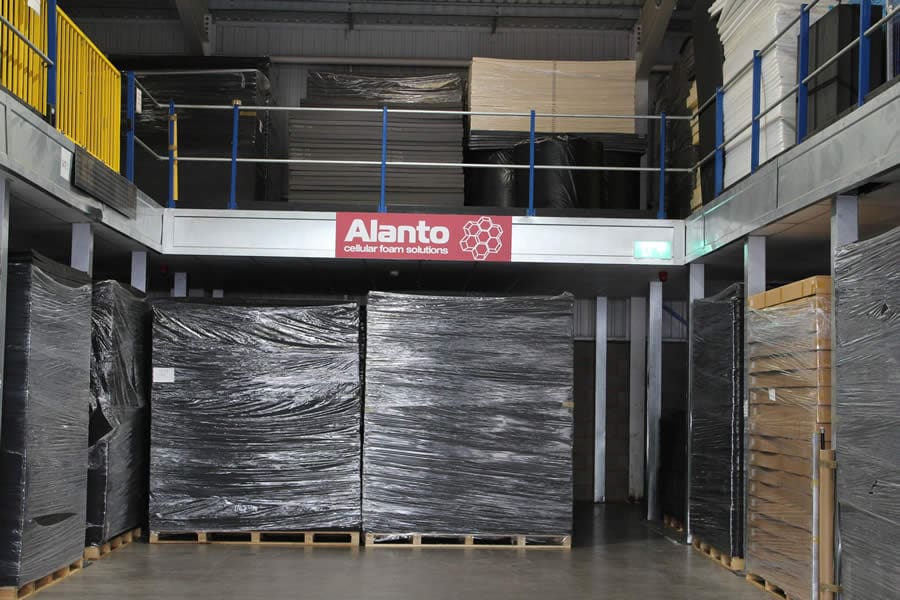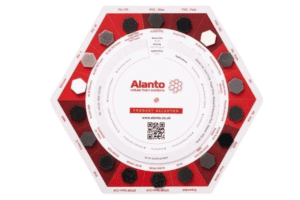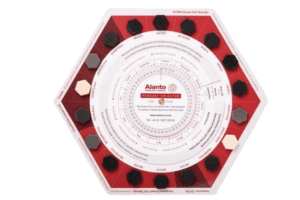Summary. Explore how Rubber Conversion Technology and the Rubber Conversion Process are evolving with Advanced Rubber Technologies. Discover trends enhancing efficiency, reducing costs, and improving quality, positioning companies like Alanto at the industry’s forefront.
As industries evolve, so do the technologies at their core. In the field of rubber conversion, innovation is not just a buzzword but a necessity. This blog explores the transformative trends and technologies in rubber conversion that are enhancing operational efficiencies and product quality, ensuring that companies like yours stay ahead in a competitive market. Alanto lead the field.
Emerging Trends in Rubber Conversion
1. Automation and Robotics
The integration of automation and robotics in rubber conversion processes is revolutionising production lines. These technologies streamline operations, reduce human error, and significantly speed up production times. Automation ensures consistent product quality while allowing for greater volume handling with minimal downtime.
2. Sustainable Manufacturing Practices
As environmental regulations tighten and consumer preferences shift towards sustainability, the rubber industry is adapting. Newer conversion techniques focus on reducing waste and energy consumption. Biodegradable rubber compounds and recycling of rubber waste are becoming commonplace, reflecting an industry-wide push towards greener manufacturing solutions.
3. Smart Manufacturing Technologies
The adoption of Industry 4.0 technologies such as IoT (Internet of Things) and AI (Artificial Intelligence) in rubber conversion facilitates real-time monitoring and analytics of manufacturing processes. These technologies predict maintenance needs, optimise production workflows, and enhance quality control, leading to smarter, more efficient operations.
Addressing Industry Pain Points
Slow Production and Turnaround Times
Innovative rubber conversion technologies address the critical issue of slow production cycles. Automated systems and efficient process designs minimise bottlenecks in production, enabling faster turnaround times and higher responsiveness to market demands.
Limited Material Capabilities
The development of new rubber compounds and enhancement of existing materials are key trends. These advancements expand the capabilities of rubber products in terms of temperature resilience, chemical resistance, and mechanical properties, opening up new application areas.
High Production Costs and Inefficiency
Through advanced manufacturing techniques and process optimisation, companies can achieve significant cost reductions. Economies of scale, reduced waste, and lower energy consumption all contribute to more cost-effective production processes.
Spotlight on Innovation: Case Studies
For over 20 years, Alanto has specialised in the conversion of Foam and Rubber into products such as coils, pads, tapes, seals, gaskets, rolls and more. We supply our full range of products both direct to customers and to other suppliers, for use anywhere, from packaging to automotive, marine and construction.
Future Outlook
The future of rubber conversion is bright, with continuous innovations shaping the industry. Staying informed and adaptable to these changes is crucial for any business looking to maintain or establish a competitive edge in rubber manufacturing.
Conclusion
Understanding and implementing the latest trends and technologies in rubber conversion is essential for enhancing efficiency, reducing costs, and improving product quality. As the industry advances, Alanto remains at the forefront, ready to help your business navigate these changes with expert solutions and services.
Ready to upgrade your rubber conversion processes with the latest technologies?
Contact Alanto today to learn how we can help transform your production capabilities and drive your business forward.
Visit our dedicated rubber conversion page for more insights and services:


